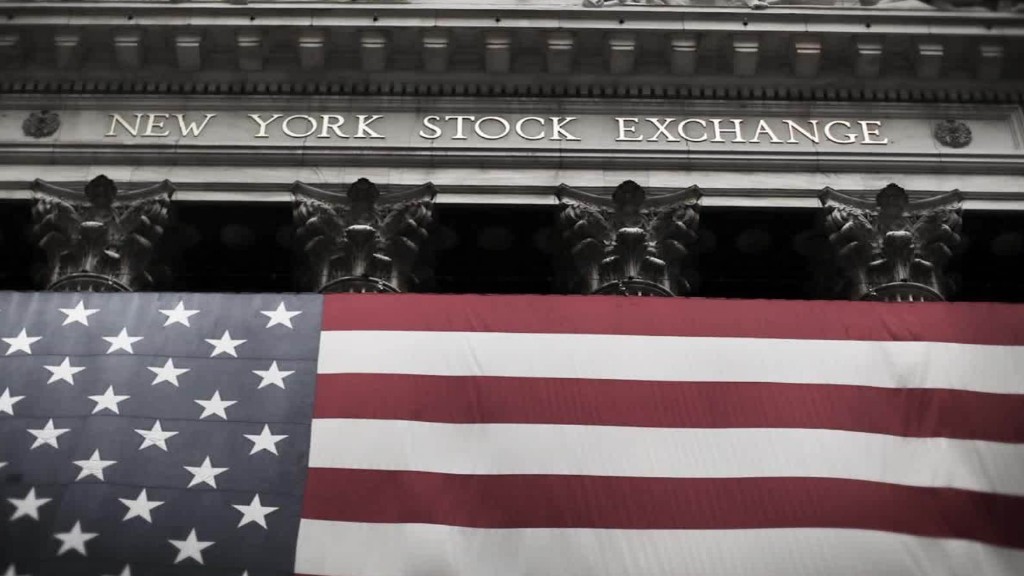
The Federal Reserve is cutting its lifeline to big banks in financial trouble.
The Fed officially adopted a new rule Monday that limits its ability to lend emergency money to banks.
In theory, the new rule should quash the notion that Wall Street banks are "too big to fail." Translation: the government has to save them during a crisis.
The Fed's new restrictions come from the Dodd-Frank Act of 2010, which brought in a wave of reforms after the financial crisis.
Under the new rule, banks that are going bankrupt -- or appear to be going bankrupt -- can no longer receive emergency funds from the Fed under any circumstances.
If the rule had been in place during the financial crisis, it would have prevented the Fed from lending to insurance giant AIG (AIG) and Bear Stearns, Fed chair Janet Yellen points out.
Related: 4 big market movers in December
Politicians like Senator Elizabeth Warren have pushed the Fed to end such emergency lending to banks that are going under.
She does not think the Fed's new rule goes far enough.
"There are still loopholes that the Fed could exploit to provide another back-door bailout to giant financial institutions," Warren, a Democrat, told CNNMoney.
At first glance, the new rule sounds like a common sense change. If a bank is going under, American taxpayers shouldn't be bailing it out.
However, it's important to note that the new rule allows the Fed to judge by its own measures whether a firm qualifies for its emergency aid.
The idea is the Fed can still lend to banks during times of emergency, but the bank must be able to pay it back. Yet the true health of a bank in turmoil can be very difficult to assess.
"It's very hard to judge in real time whether a firm is insolvent or just having liquidity problems because it becomes impossible to price assets," says Paul Ashworth, chief U.S. economist at Capital Economics, a research firm.
That's why Warren wants clearer guidelines.
"It's up to Congress to close those loopholes and ensure that Fed emergency lending is limited to protecting the economy and not to saving a few favored banks," Warren says.
Related: Why Europe will cut rates as the Fed hikes
The rule is the latest in a series of reforms the Fed has put on the biggest banks in an effort to prevent the next crisis.
The Fed performs "stress tests" on banks to see how they perform in a mock financial crisis scenario. It's also forced banks to increase the amount of cash they have stashed away to weather the next rainy day.
The new rule can be seen as a warning sign from the Fed to big banks: don't expect another bailout next time. Yellen emphasizes that its emergency lending to banks is a last-resort option.
Yellen said the Fed "has long had" this lending authority, but it was only used "sparingly" and in "severe financial crises."



